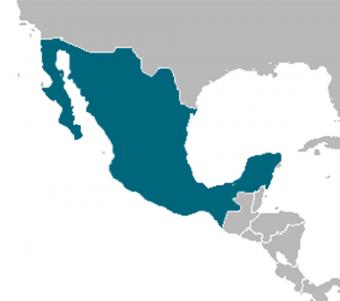Mexico
Recent Activity
This report explores how nostalgia trade and heritage tourism can involve diaspora populations in transactions that ease the integration of their homeland economies, while helping maintain their ties to their countries of origin or ancestry.
This report analyzes the evolving role of diaspora philanthropy in countries of origin, and examines the emergence of nongovernmental development actors and new trends in global philanthropy, such as strategic giving and use of online platforms to harness small donations.
Nearly 1 million U.S. residents spend time volunteering abroad each year, including nearly 200,000 first- and second-generation immigrants. As skilled migration and the number of U.S. youth with ancestors in the developing world grow, this report shows the potential for diaspora service volunteers to assist with development in a number of countries.
A growing body of evidence suggests that diasporas play a critical role in supporting sustainable development by transferring resources, knowledge, and ideas back to their home countries, and in integrating their countries of origin into the global economy.
With about 10 percent of Moroccan and Mexican citizens living abroad, remittances have become a vital source of income and poverty alleviation for both countries. Hein de Haas and Simona Vezzoli of the International Migration Institute, University of Oxford explore how migration has affected development and ways to reframe the migration-development debate.
English version | Versión espanol
Au cours de la deuxième moitié du XXe siècle, le Mexique et le Maroc sont devenus les sources principales de travailleurs immigrés, et pour la plupart peu qualifiés, des États-Unis et de l'Europe respectivement.
English version | Version française
A lo largo de la segunda mitad del siglo XX, Marruecos y México se han convertido en fuentes de fuerza laboral migrante, mayoritariamente de poca calificación, en los Estados Unidos y la Unión Europea.
UN Deputy High Commissioner for Refugees T. Alexander Aleinikoff offers remarks on durable solutions for the refugee protection system as part of MPI's Leadership Visions Series.



